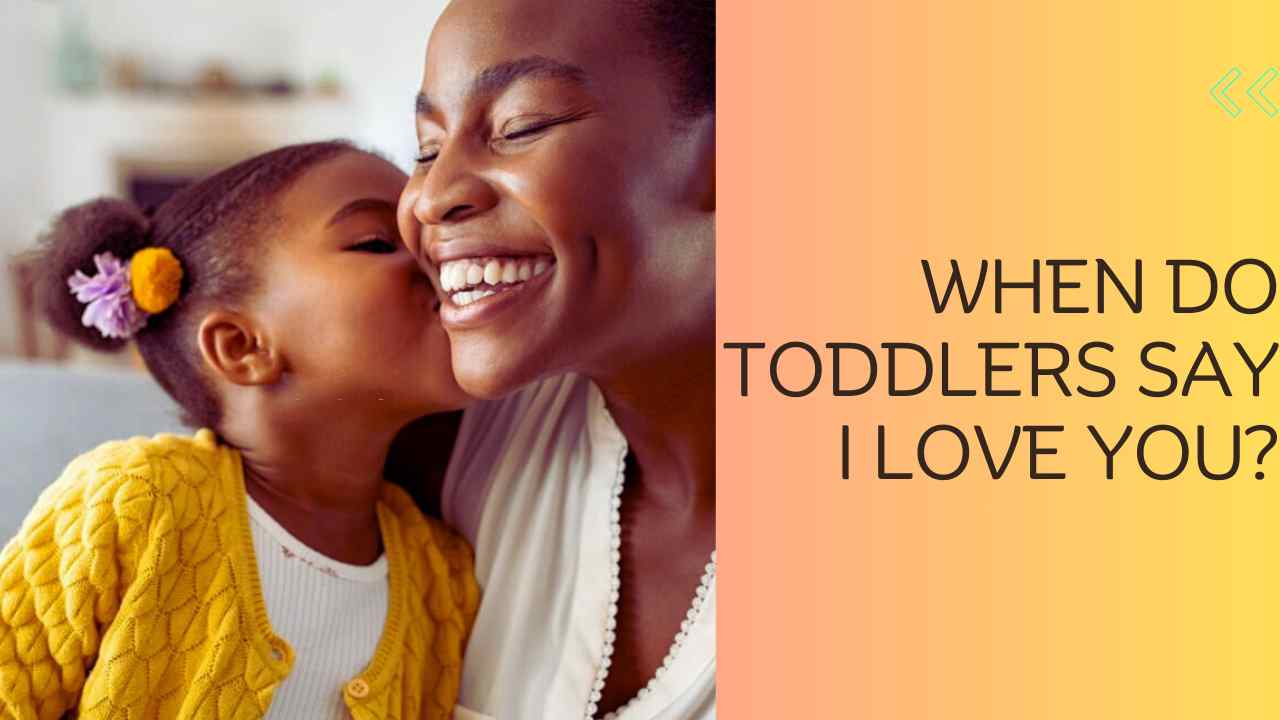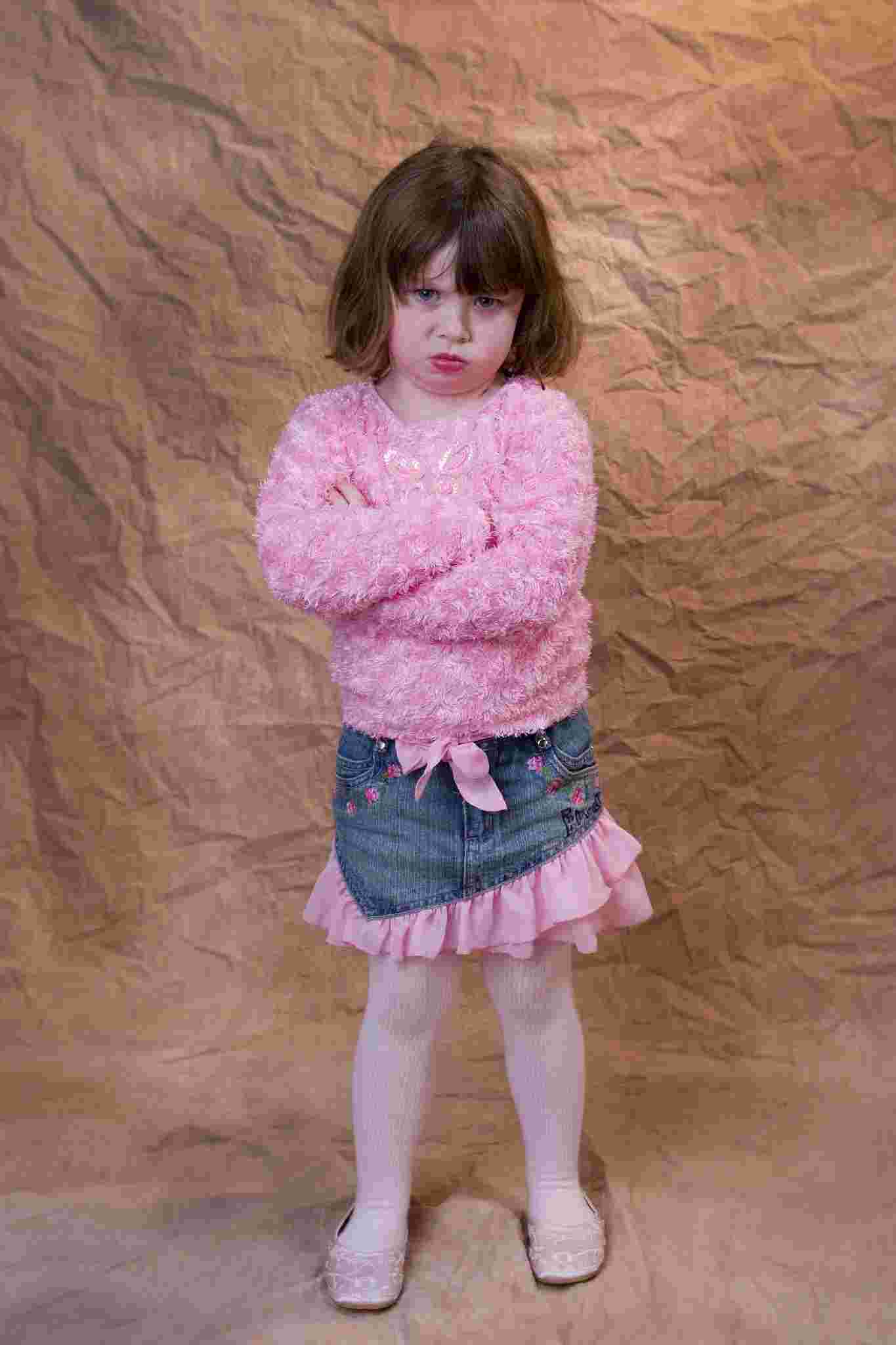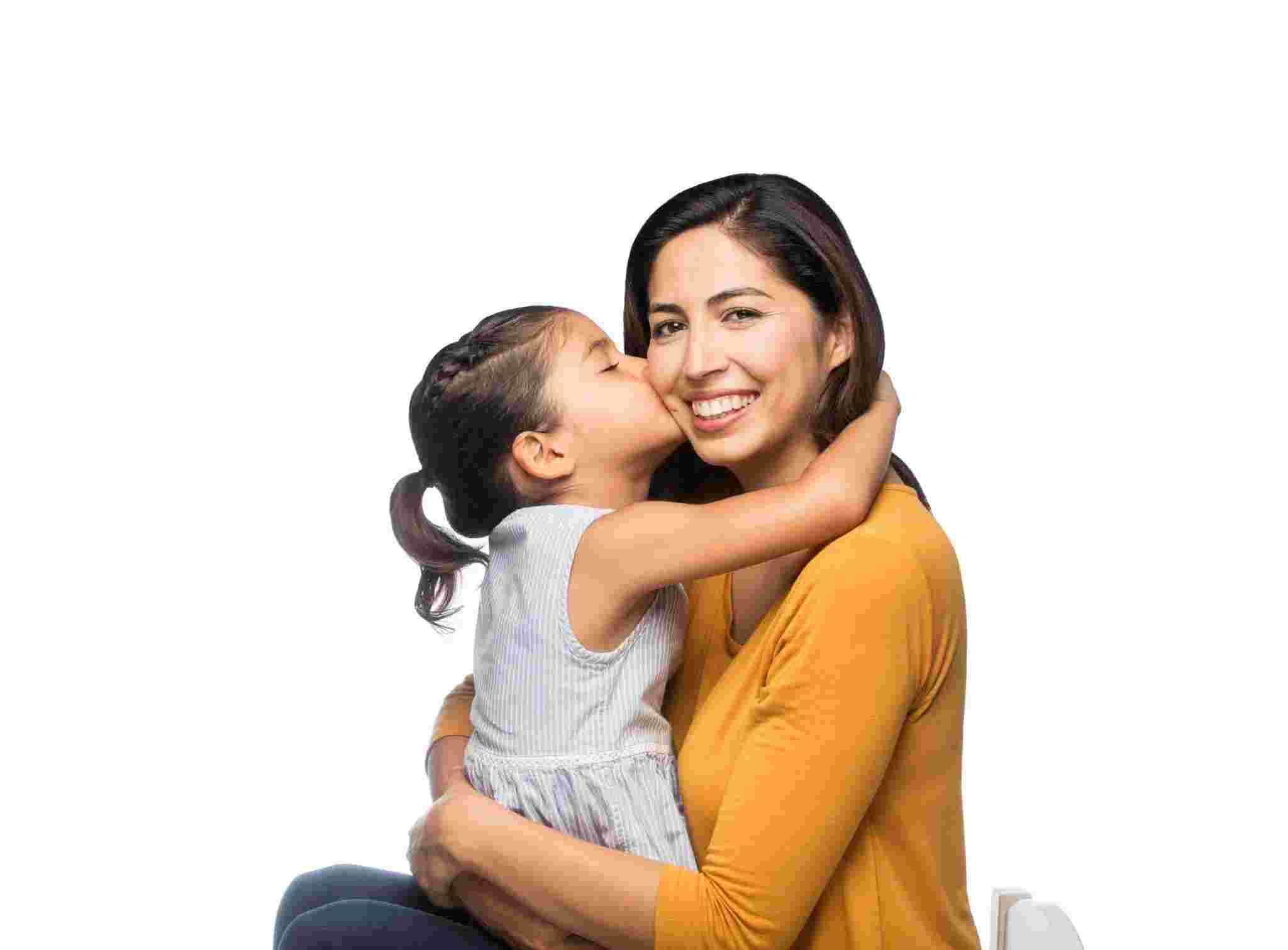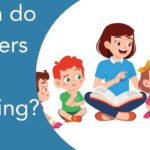The heartwarming phrase “I love you” holds immense significance, symbolizing affection, care, and connection. As parents and caregivers, the anticipation of hearing these words from your toddlers can be an incredibly rewarding experience.
However, the journey to toddlers expressing their love verbally is a fascinating exploration of their cognitive, emotional, and social development.
In this article, we discuss the developmental milestones that lead to toddlers uttering those cherished words and explore the factors that influence their ability to communicate love and affection.
Let’s uncover the intricacies of when and how toddlers begin to express their heartfelt emotions in words.
When do toddlers say I love you?
Toddlers start to say “I love you” between the ages of 2 and 3 years old, although there can be considerable variation in when individual children begin expressing this sentiment.
At around 12 to 18 months of age, toddlers may start to show affection through hugs, kisses, and cuddles. These actions demonstrate their feelings of attachment and warmth towards their parents, even if they can’t yet verbalize it as “I love you.”
Don’t forget to read:
- What does it mean when a child is overly affectionate? Explained
- How long should I let my baby sleep after vaccinations? Explained
Between 18 and 24 months, toddlers often begin to understand and imitate language more effectively. They may start using single words or short phrases to communicate their emotions and needs. While they might not articulate “I love you” directly, they might use phrases like “hug,” “kiss,” or “cuddle” to convey their affection.
Around 2 to 3 years old, many toddlers start to grasp more complex language skills and have a better understanding of emotions. This is when you might start hearing them say “I love you” or phrases that resemble it.
Keep in mind that their pronunciation and expression might not be perfect at first, but the intent and emotion behind the words are what truly matter.
It’s important to remember that each child is unique and will develop at their own pace. Some toddlers might start saying “I love you” earlier, while others might take a little more time.
The key is to create a loving and supportive environment where your toddler feels comfortable expressing their feelings in their own way.
Why won’t my 2 year old say I love you?
At the age of 2, children are still developing their language skills and emotional understanding. Saying “I love you” involves both language ability and emotional comprehension. Your 2-year-old might not be saying it yet due to a few reasons:
1. Language Development:
Children develop language skills at different rates. Some may start speaking earlier, while others take more time. It’s important to be patient and provide opportunities for language development through conversations and interactions.
2. Emotional Understanding:
Understanding abstract concepts like love takes time. While your child might feel love, they may not fully comprehend its meaning or know how to express it verbally.
3. Imitation:
Children often learn language by imitating the speech they hear around them. If they haven’t been exposed to the phrase “I love you” frequently, they might not have picked it up yet.
4. Comfort Zone:
Some children are more reserved when it comes to expressing emotions verbally. They might show love through actions or gestures instead of words.
5. Personality:
Every child has a unique personality, and some may be more talkative or expressive than others. Your child’s temperament might influence their willingness to say certain phrases.
How do I get my toddler to say I love you?
Encouraging your toddler to express love takes time and patience. Here are some steps you can try:
1. Lead by Example:
Show affection and say “I love you” to your toddler regularly. They’ll likely mimic your behavior.
2. Repetition:
Repeat “I love you” often, even if they don’t respond right away. Repetition can help them grasp the meaning.
3. Use Simple Language:
Use simple, clear language that they can understand. Say “I love you” during positive interactions like playing or cuddling.
4. Positive Reinforcement:
When your toddler tries to say “I love you,” respond positively and praise their effort.
5. Read together:
Choose children’s books that include expressions of love. Reading books with emotional themes together can help your child understand feelings and emotions better.
6. Engage in Play:
Engage in activities where your toddler can express feelings, like playing with dolls or stuffed animals, and encourage them to say “I love you” in those contexts.
7. Music and Songs:
Singing songs that include the phrase “I love you” can make it fun and memorable for them.
8. Family and Friends:
Encourage other family members and friends to express love around your toddler. Seeing others say it can make them more likely to do the same.
9. Mirror Emotions:
When your toddler seems happy or content, you can say, “I love spending time with you,” which reinforces the idea of love.
10. Be Patient:
Language development varies among children. Give them time to understand and process the phrase. Avoid pressuring them to say it.
11. Use Visuals:
You can create or find picture cards that show the phrase “I love you.” Associating the words with images can help them understand the concept.
12. Encouraging Words:
Encourage them to express their feelings by saying things like, “Tell me something nice” or “Say something loving.”
13. Encourage Communication:
Engage in conversations and ask open-ended questions to stimulate language development.
14. Use Gestures:
Alongside verbal expressions, use hugs, kisses, and other gestures to convey love.
Is it normal for a 3 year old to say i don’t love you?
Yes, it’s normal for a 3-year-old to say “I don’t love you.” At this age, children are still learning about emotions and may not fully understand the concept of love. They might use phrases like this to express frustration, independence, or simply to test boundaries.
It doesn’t necessarily reflect their true feelings, as their emotional development is still evolving.
It’s important to respond with patience, reassurance, and understanding helping the child navigate their emotions and learn about expressing themselves in a healthy way.
Does A 2 year old know what I love you means?
Not really. At around 2 years old, children are still developing their language skills and understanding of emotions. While they might not fully grasp the abstract concept of “I love you,” they can begin to associate the phrase with positive feelings and interactions.
They are more likely to understand love through actions, such as hugs, kisses, and caring gestures, rather than purely through words.
It’s important to continue showing love and affection to reinforce their emotional development.
Signs your toddler loves you
Here are some signs that your toddler loves you, along with explanations:
1. Seeking Comfort:
When your toddler runs to you for a hug or seeks your comfort when they’re upset, it shows they trust and love you as their source of security.
2. Eye Contact and Smiles:
Maintaining eye contact and sharing smiles with you indicates that your toddler enjoys interacting with you and feels a strong connection.
3. Imitating:
If your toddler imitates your actions, speech, or expressions, it’s a sign of admiration and a desire to be like you.
4. Attachment:
Your toddler may show separation anxiety when you’re apart, which demonstrates their emotional bond and reliance on your presence.
5. Sharing Achievements:
When your toddler excitedly shows you their drawings, toys, or accomplishments, it’s a way of seeking your approval and sharing their world with you.
6. Gentle Touch:
A gentle pat on your face, holding your hand or resting their head on you signifies affection and an innate need for physical connection.
7. Expressing Needs:
Your toddler may come to you when they’re hungry, tired, or need help, which reveals their confidence that you’ll take care of them.
8. Laughing Together:
Sharing laughter and enjoying playful moments together indicates a strong emotional connection and a sense of joy when around you.
9. Wanting to Be Close:
If your toddler frequently wants to be near you, whether it’s sitting on your lap or cuddling, it’s a sign of their attachment and affection.
10. Affectionate Gestures:
Your toddler might give you hugs, kisses, or cuddles, which show their affection and attachment to you.
11. Seeking Approval:
Your toddler might look to you for approval or praise, showing that they value your opinion and want to make you proud.
12. Preference for Your Company:
If your toddler consistently chooses to be around you over others, it’s a strong sign of their attachment and love.
13. Expressing Frustration at Separation:
A toddler who becomes upset when you’re leaving or when they’re apart from you cares deeply about your presence.
In conclusion of when do toddlers say I love you, the timing and expression of “I love you” by toddlers is a fascinating aspect of their emotional development. While some may utter these words at an early age, it’s important to recognize that their understanding of love is primarily shaped by their interactions and environment. As caregivers, fostering a loving and nurturing atmosphere can encourage the natural progression of emotional expression in toddlers, helping them navigate the complexities of affection and connection as they continue to grow.












